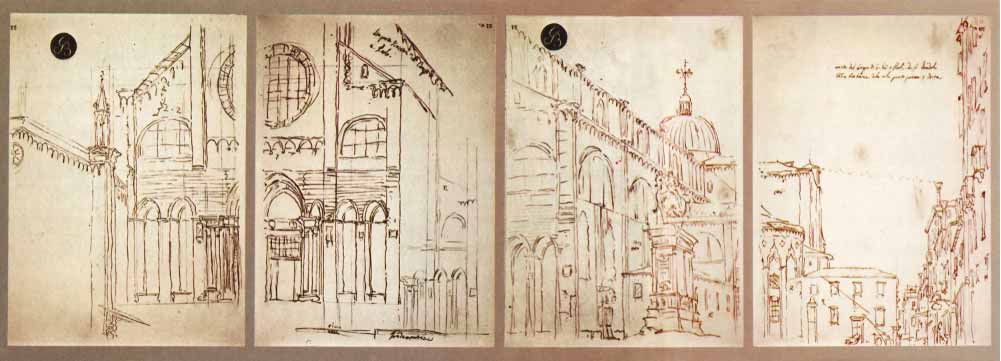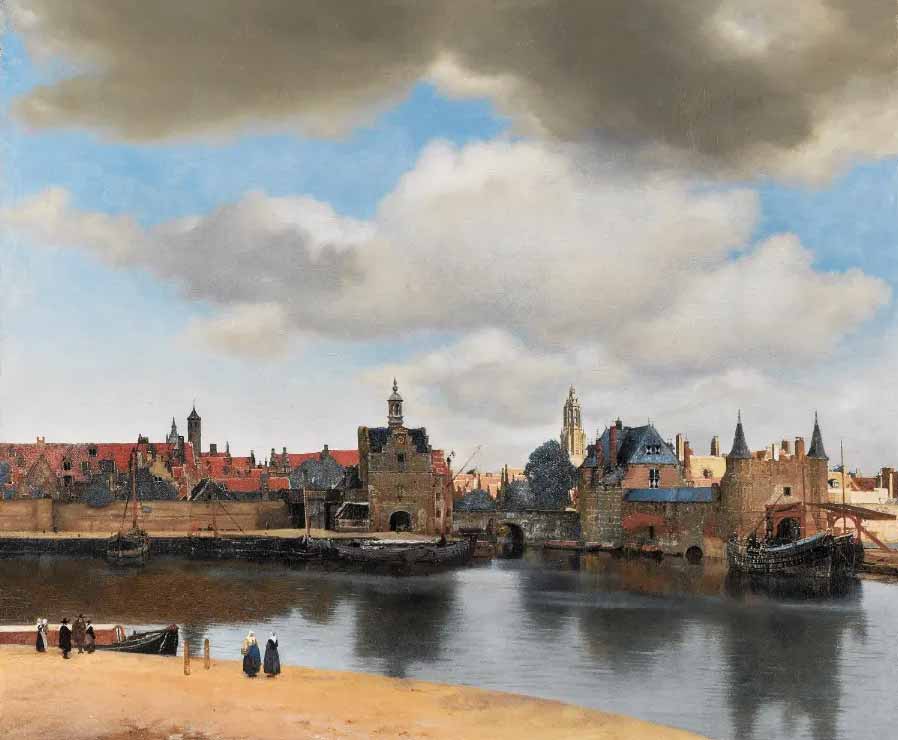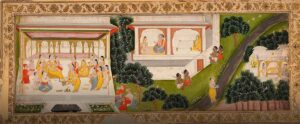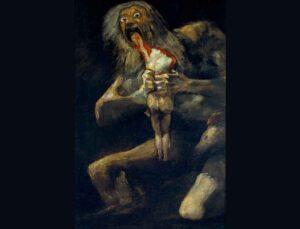If you haven’t heard of camera obscura yet, you may have been living under a rock or in complete darkness. Nevertheless, here’s what you need to know: If you want to draw something but don’t have any drawing skills, chances are high that camera obscura will do the trick (pun intended). It works like this: Punch a hole in a dark box and put some light-sensitive material on the other side of it. What you see through the hole will be projected onto the material, so just copy it onto your paper and voilà—you’ve drawn something.
What is camera obscura?
The camera obscura , literally meaning dark room in Latin, is one of many drawing tools that artists have used over time. At its simplest level, it consists of two components: a dark box or room with a hole in one side (today we would use glass) and on the other side an image-receiving surface. This could be parchment or paper. An image of what passes through the hole is projected onto that surface.

Invention of camera obscura ?
While Leonardo da Vinci (1452-1519) is credited with discovering camera obscura, it was Johannes Kepler (1571–1630) who is widely recognized as its inventor. In 1509 while he was a professor at Tübingen University in Germany he described its principle.
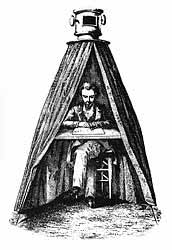
Most scholars also agree that Italian scholar Francesco Grimaldi (1618–1663) was actually able to build one of these devices. He did not however recognize it as a camera; instead, he called his invention perspectiva perversa or inverted perspective. Three hundred years later William Fox Talbot (1800–1877), an English scientist, discovered how to make permanent images from camera obscura in 1835. Modern photography owes much to Talbot’s experiments. His writings about pictorial representation eventually led to photographic processes for making prints on paper without printing plates. His theories of special photographic emulsions laid ground work for modern emulsion chemistry.
How does it works ?
1. The image is projected upside down through a tiny hole onto an opposite wall or piece of paper.
2. The projected image can be captured on paper, canvas or any other surface by tracing it with your pencil.
3. When not in use (stored) it is covered by a lens cap that keeps dust from getting in and protects delicate optics from damage.

Interesting facts about camera obscura
The principle of camera obscura is simple, punch a hole in a dark box and put a piece of light-sensitive material on the other side. But if you want to use it as an artistic medium be prepared to wait hundreds of years for Leonardo da Vinci who was one of first people to write about it in his notebooks around 1490. Camera obscura didn’t appear again until 1827 when French physiologist Leon Foucault described using it as a way to project an image onto paper. Shortly after another Frenchman named Daguerre captured what he called moving views without motion by putting a daguerreotype camera out of focus and capturing images through its lens. It wasn’t long before others were integrating cameras obscura into artwork.
